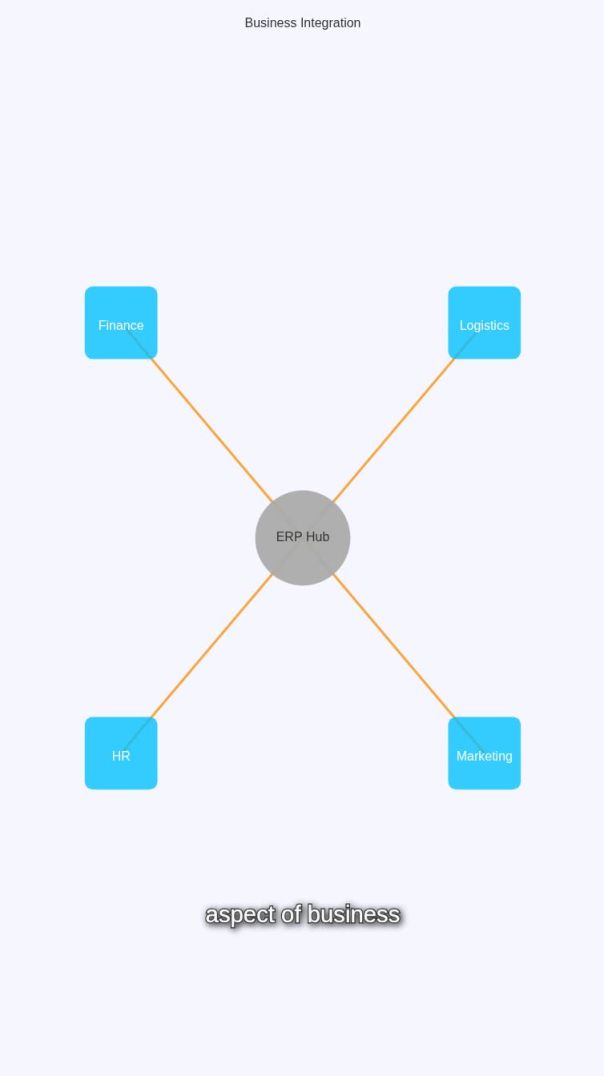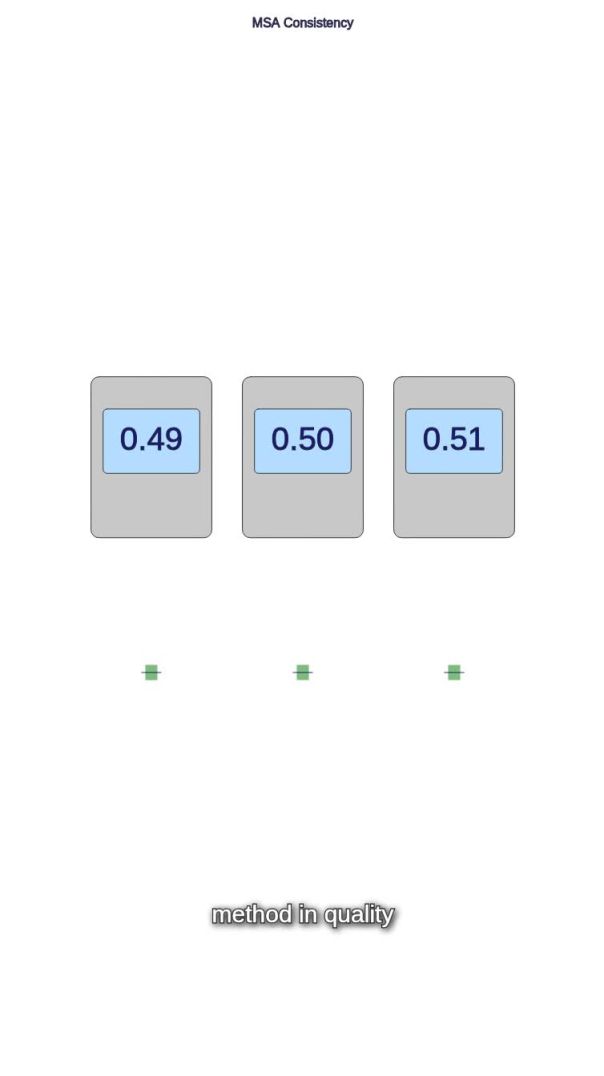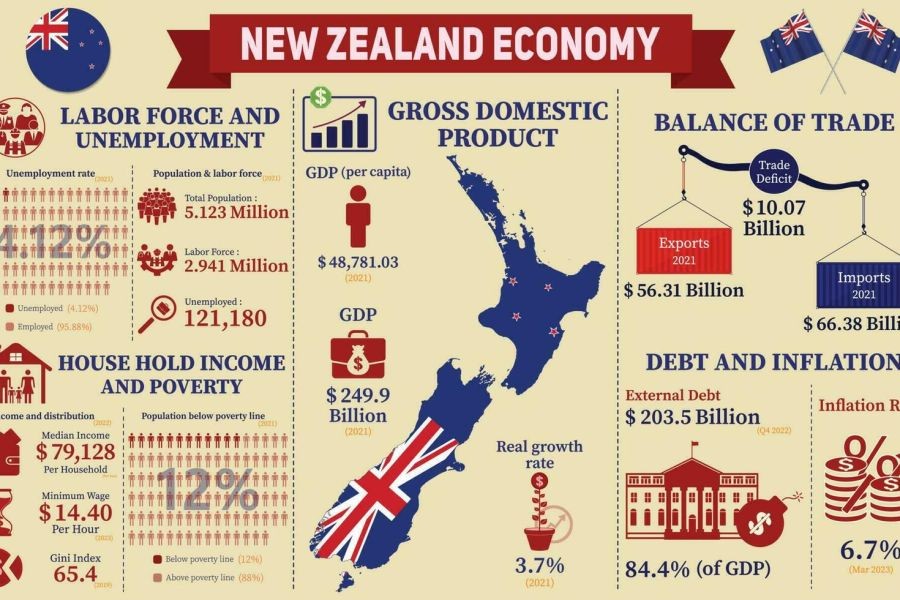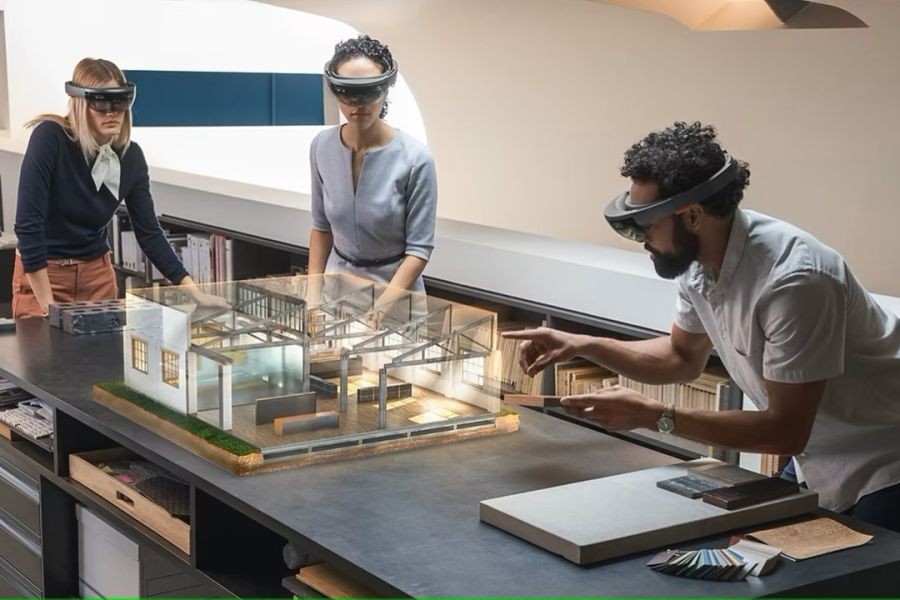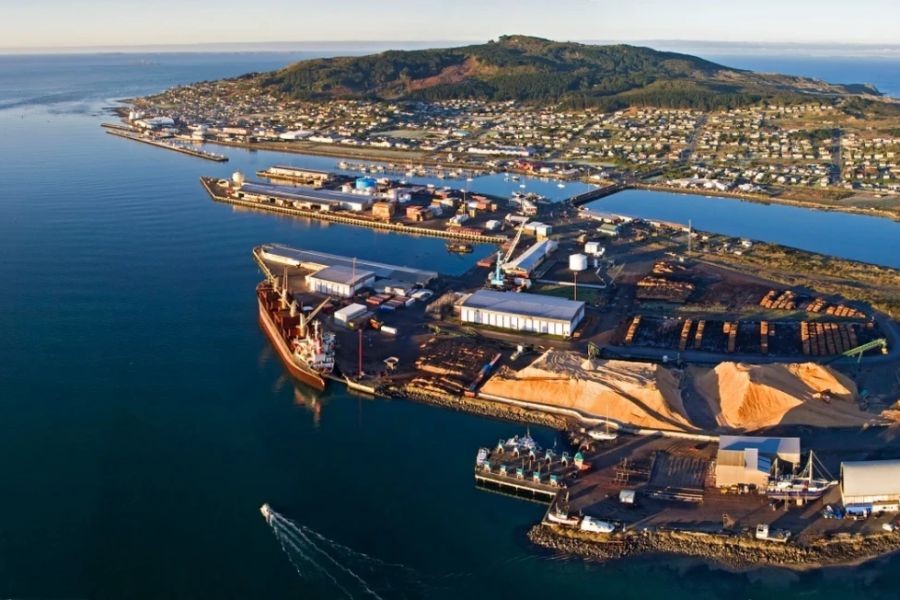In recent times, the Karāpiro high-performance center has stood eerily empty, a stark contrast to its intended bustling purpose. Athletes have chosen to stay in Auckland, leading to questions about the strategic planning behind such facilities in New Zealand. This phenomenon isn't just a sports issue—it's an economic, infrastructural, and strategic one, affecting stakeholders from local businesses to government policymakers.
The Empty Center: A Missed Economic Opportunity
The Karāpiro high-performance center was designed to be a hub of athletic excellence, attracting top-tier athletes and generating significant economic activity in the Waikato region. Yet, it remains underutilized. This underuse not only squanders potential revenue but also raises questions about the allocation of public funds and strategic resource planning.
According to a report from MBIE, sports and recreation contribute approximately NZD 5.2 billion to New Zealand's GDP annually. Facilities like Karāpiro are expected to amplify these contributions by hosting national and international events, drawing in tourists, and stimulating local businesses. However, with athletes opting to stay in Auckland, these potential economic benefits remain untapped.
Why Auckland? The Lure of Urban Amenities
The preference for Auckland over Karāpiro is multifaceted. Auckland offers advanced medical facilities, diverse training environments, and greater media exposure. These factors are critical for athletes who seek not only to train but also to enhance their professional profiles.
Furthermore, Auckland's thriving economy—accounting for over 38% of New Zealand's GDP—provides athletes with additional opportunities for sponsorships and endorsements. The city’s established sports infrastructure and vibrant community make it an attractive base for both local and international athletes.
Case Study: The Economic Impact of Auckland’s Dominance
Case Study: Auckland’s Economic Pull – The Centralization Challenge
Problem: The centralized focus on Auckland for athletic training has shifted potential economic gains away from regions like Waikato. Local businesses in the vicinity of the Karāpiro center report minimal engagement from the center’s intended operations, leading to stagnant growth.
Action: The Auckland City Council, in collaboration with sports federations, has continually invested in upgrading sports facilities and enhancing urban amenities to attract athletes.
Result: This strategic urban planning has resulted in a significant increase in sports-related economic activity, with a reported 25% rise in local business revenue linked to sporting events and athlete presence.
Takeaway: This case study highlights the importance of strategic location planning and the role of urban amenities in attracting and retaining high-performance athletes. For regions like Waikato, adopting a holistic approach that includes boosting local amenities and connectivity could unlock untapped economic potential.
The Economics of Facility Utilization
Utilization rates of sports facilities directly impact economic returns. A high-performance center that remains empty undercuts the rationale for its existence. Utilizing such facilities requires strategic marketing, improved accessibility, and partnerships with national sports bodies.
Data from Stats NZ indicates that regions with high facility utilization report better local economic growth. The key lies in integrating these centers into broader community and economic plans, ensuring they serve as catalysts for regional development.
Common Myths About High-Performance Centers
- Myth: "Building a center guarantees athlete attendance." Reality: Attendance depends on amenities, accessibility, and strategic partnerships. Facilities must offer more than just training spaces to attract athletes.
- Myth: "Economic benefits are immediate and automatic." Reality: Benefits require strategic activation through events, community engagement, and partnerships.
- Myth: "Location is irrelevant if facilities are top-notch." Reality: Proximity to urban centers, media exposure, and transport links significantly influence athlete decisions.
Balancing Perspectives: Centralization vs. Regional Development
The debate between centralizing athletic facilities in urban centers versus distributing them regionally reflects broader economic discussions in New Zealand. Centralization offers economies of scale and enhanced visibility, while regional distribution can stimulate local economies and promote balanced development.
Pros:
- Centralization: Efficient resource allocation, high visibility, and concentrated economic activity.
- Regional Development: Stimulates local economies, promotes regional growth, and reduces congestion in urban centers.
Cons:
- Centralization: Can lead to regional disparities and overburdened urban infrastructure.
- Regional Development: Requires significant investment in infrastructure and amenities to be effective.
Future Trends: Strategic Planning for Nationwide Impact
Looking ahead, the strategic planning of sports facilities in New Zealand must evolve. By 2026, policy shifts focusing on regional development could see increased investment in facilities outside major urban centers. The goal is to balance urban advantages with regional growth, fostering a nationwide network of high-performance centers that drive economic and social benefits across New Zealand.
Conclusion: A Call to Action
For New Zealand to fully leverage its sports infrastructure, a strategic approach that considers both urban and regional needs is essential. This involves enhancing amenities, improving transport links, and fostering partnerships with sports bodies. By doing so, facilities like the Karāpiro center can realize their potential, driving economic growth and enhancing New Zealand's reputation as a hub of athletic excellence.
What's your perspective on the role of regional high-performance centers? Share your thoughts and join the conversation!
People Also Ask
- How does the underutilization of Karāpiro impact New Zealand's economy? The underutilization leads to missed economic opportunities, as local businesses and tourism in the Waikato region suffer from reduced activity.
- What strategies can enhance facility utilization? Enhancing amenities, improving accessibility, and strategic partnerships with sports bodies can boost utilization rates.
- Is regional development beneficial for New Zealand's sports infrastructure? Yes, it promotes balanced growth and stimulates local economies, reducing the burden on urban centers.
Related Search Queries
- New Zealand sports infrastructure development
- Economic impact of sports facilities in NZ
- Auckland vs. regional sports amenities
- Karāpiro high-performance center news
- Regional development strategies in NZ
- New Zealand high-performance sports centers
- Auckland economic growth and sports
- Waikato regional economic development
- Meeting the needs of high-performance athletes in NZ
- Strategic planning for sports infrastructure in NZ
